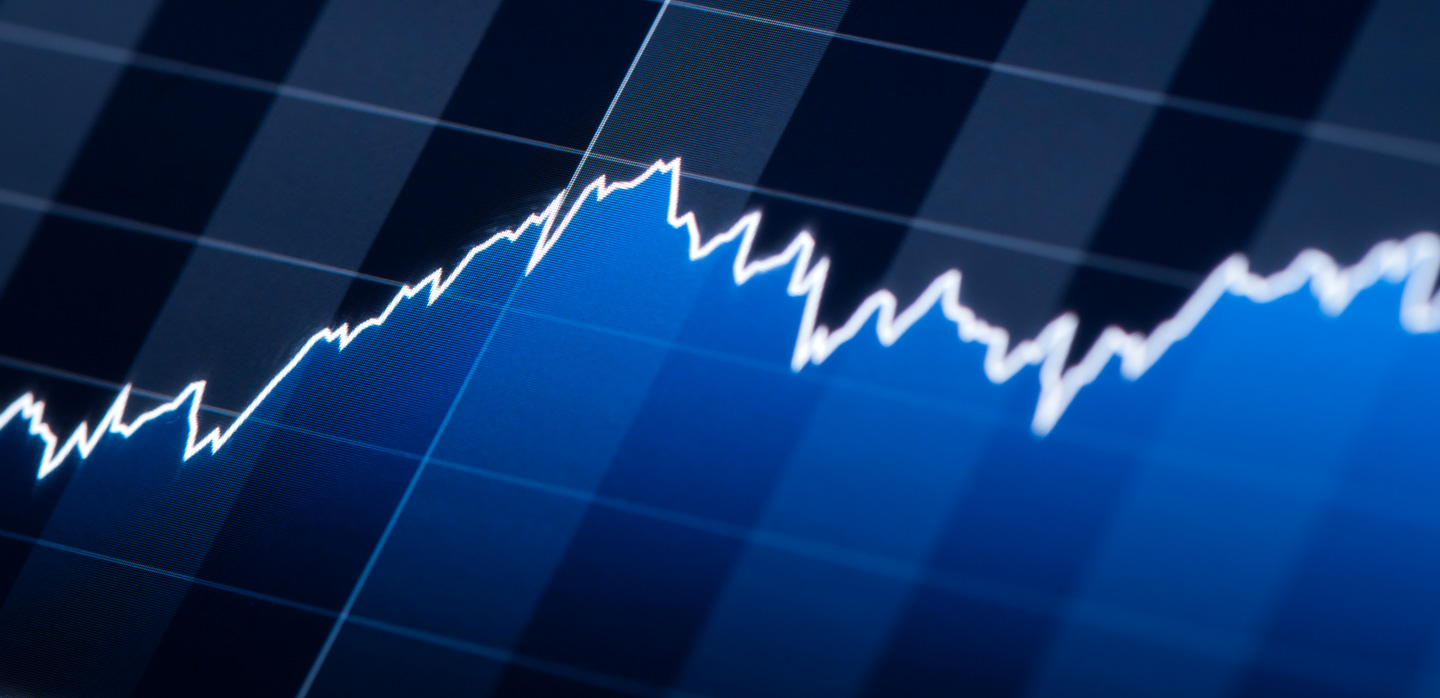With emerging regulations, industry standards, and evolving expectations from customers and investors, today’s businesses are feeling rising pressure to show progress in sustainability. However, every organization operates differently, with unique operational processes and challenges, and needs to take a unique approach to improving sustainability.
To get an idea of what goes into a successful corporate sustainability program, I caught up with one of Enel X's resident experts. Peter Perrault is Enel X’s Sustainability Practice Lead and Solutions Architect. Prior to joining Enel X, Peter worked for several large, multi-national technology and sustainability consulting firms. Before that, he helped to build and lead the sustainability program for Fortune 500 technology firm NetApp, which earned the company recognition as one of Newsweek’s Top 100 Green Companies in the US. Additionally, Peter has been heavily involved in the sustainability community on a volunteer basis, having held chair and board positions with several industry organizations, including the Silicon Valley Leadership Group, UN Global Compact, and Sustainability Management Association.
Colin Neagle: How has your experience on both sides of the table—from developing an in-house sustainability program to supporting those efforts as a consultant—shaped your perspective in your current role?
Peter Perrault: When I worked on the in-house side of the table—and I’m sure most people who lead in-house sustainability programs are in the same position—I was responsible for everything that would touch sustainability, from IT to operations to transportation programs to sales, marketing, and communications. Anything that had to do with sustainability within the organization more or less flowed through me, which made it a very cross-functional role where you get to understand how all of these departments operate.
Once I moved into the world of consulting, I was able to apply what I had learned both through my education and my experience on the internal side of the house to help a broader set of stakeholders. In my current role, I essentially work with customers to develop and deliver solutions that address energy or sustainability pain points that are unique to their business. A lot of organizations face similar challenges when it comes to sustainability performance, and I think there’s value in providing an outside perspective and insight on how other organizations have addressed those challenges.
Personally, working as a consultant also means that I get to work with a larger number of organizations, which to me means that what I do has an even greater positive impact; not just in terms of corporate sustainability performance, but the environmental and social integrity of our communities and society as a whole too.
Colin: You mentioned that many organizations face similar challenges in sustainability. What would you say are the most common challenges?
Peter: Data management is often a struggle for all customers to some extent. No matter where you are in terms of maturity, particularly with large corporations and multinationals of that nature, getting your arms around the data is a critical component of effective program management. Because, as we all know, you can’t manage what you don’t measure. This even applies to organizations with a mature sustainability program with a number of systems in place—I don’t think anyone would say, "Managing the data is the easiest part of my job."
Additionally, I would say stakeholder support and stakeholder buy-in is another big challenge. Working across various siloes within an organization can be challenging because you don’t know who owns the budget. Oftentimes, if it’s a sustainability manager or energy manager behind these efforts, budget is owned elsewhere. So taking on any new initiative can be challenging. Where we can help in this area is by helping these groups sell sustainability to internal stakeholders, which means helping them understand and communicate the business case to make it clear internally that they need to make budget available for sustainability and energy programs.
Colin: Speaking of the "maturity" of a sustainability program, how does that affect how an organization you work with approaches sustainability?
Peter: More mature customers tend to have a pretty defined strategy and vision. At times they probably have better data management, and at other times they still have to connect the dots to get from A to B, so to speak. Less mature companies don’t necessarily know what A or B is.
A lot of times, someone at the C-level within an organization might set renewable energy goals or emissions reduction goals for their organization, but then it is left to other individuals or teams to figure out how they will actually achieve those goals. If you’re not mature in terms of energy procurement processes, regulations and energy markets, or the data and technology to drive your decision making, you may not know what your current renewable options are, let alone how you can achieve your emissions goals. So in my work with these customers, I look at a number of ways to drive efficiency and achieve their goals—whether they relate to renewables targets, energy reduction, or GHG reductions—and help customers understand where they’re at and what they need to do to reach the goal line.
Those that are just starting out with sustainability initiatives often don’t know what options are available to them. Sometimes an organization needs to look at their processes first, other times they just need some guidance or expertise around a particular reporting scheme; it all depends on their maturity and line of business. More mature organizations are often aware of all these things, but may not necessarily be capable of understanding what’s going to be best for them given their specific conditions.
Colin: Can you give me an example of an organization that has shown strong progress in sustainability, whether they started from a mature or less-mature starting point?
Peter: Last year a company with a large retail presence nationwide asked us to evaluate what their sustainability strategy looked like. What I received was a list of energy efficiency projects, such as LED retrofits and installing BMS systems at various sites. While this list of projects was promising, the strategy behind it was unclear. So we sat down with the customer and uncovered that they had this top-down support and a mandate for a sustainability program, but ultimately they did not have a strategy, goals, or the subject matter expertise to help them fulfill that mandate. They lacked an understanding of what a holistic sustainability program looks like, and they sort of lacked the vision of why it’s something they should do from a corporate perspective beyond potential financial benefits.
So we looked at the data for their sites to understand how they performed against standard best practices. For example, they lacked policies and procedures, they didn’t have data as evidence to support that what people said was being done was being done, and they were missing a way to track how they were performing against the goals that were set.
Based on our assessment, we determined that they were at a limited to developing stage of maturity, which validated where our customer thought they were. But it also provided a benchmark for their performance against several well-recognized best practices, such as ASHREAE, WELL, LEED, etc. Once we were able to present this to them in a meaningful way, they were able to further validate their business case by understanding their gaps and what needed to be addressed. Following the assessment, we set up a strategy meeting with a cross-functional group including HR, IT, communications, operations, procurement, and so on. The main objective was to define what they would consider success to look like for them in the next five years. And with that clearly defined, we established a number of corporate-level goals across many different categories of sustainability performance, looking at energy, water, waste, operations, employee engagement, etc. From there, we worked with the core sustainability team to develop a multi-year roadmap for what needed to be done by each business unit and in what time frame in order to achieve these goals.
The foundation of that was a sound data management platform to work from, the development or refinement of their policies, processes, procedures, and training. With that, were working on a multi-year implementation of energy intelligence software with remote building control tools, so they can start to implement efficiency measures and track and further improve performance over time. The actual plan is just about to be rolled out company-wide. Everyone is very excited, and we are excited to move ahead on this journey with them.
Colin: And finally, since you’ve worked in this space from so many different perspectives, what would you say is the most common misconception about sustainability?
Peter: Regardless of what level of the organization someone is at—whether they’re directly responsible or there’s a top-down directive and they’re going to delegate—one of the most common misunderstandings is that sustainability exists within its own space, or that it is only related to electricity or fuel management. The lack of ability to connect all the dots, all the interrelated parts of their business and organization, with a common thread of "sustainability" is a common misconception and challenge across the board.
The way you design and make your products, the way you source and distribute your products—all of these have an impact on sustainability performance. Sustainability truly cuts across all aspects of an organization. It’s the crossroads or nexus of a lot of things in the company. Far too often people tend to think of it as a silo or only being within the facilities teams or operations, and they don’t see the big picture of the decisions that need to be made and who needs to be involved to execute. You can literally touch on any aspect of your business, and one way or another it impacts your sustainability efforts, and in turn your sustainability efforts can impact every part of your business.








